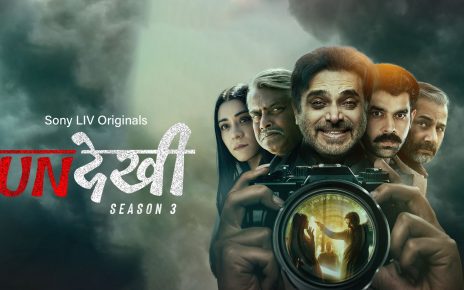Modern documentary cinema, at least in the Western film market, is steadily reaching the level of fiction – not yet in terms of budgets, but definitely in terms of entertainment and coverage. Major TV series have chosen the documentary genre since its breakthrough on Netflix – and now even fiction can be made like a documentary. For example, this year’s Academy Award-winning film was filmed with non-professional actors sharing their real stories on camera.
Recent discussions
Documentaries have always been a field for ethical discussions, and today they are flaring up with renewed vigor. It is not only because ethics is one of the most important topics on the agenda, but also because thanks to streaming platforms, documentaries, which previously lived mainly at festivals or in limited release, a large audience appears.
In documentary films, there are real people on the screen whose life does not end when the camera is turned off, and scandals have accompanied documentary film screenings. Now scandals have every chance of reaching a wider audience and leading to consequences that are noticeable to a large number of people. At the same time, the dock remains one of the most important forms of audiovisual reflection, a powerful tool for self-expression and political expression.
Current forecasts
The discussions about the figure and responsibility of the author, which are also going on around feature films, are all the more relevant for modern Western documentary cinema. It is since the time of Nanook from the North (1922) by Robert Flaherty has reproduced the pattern of “a white man visiting noble savages”. Recently, with the arrival of people from previously marginalized communities in the cinema, the situation has begun to change, and these changes are also becoming the subject of discussion in the international documentary environment.





